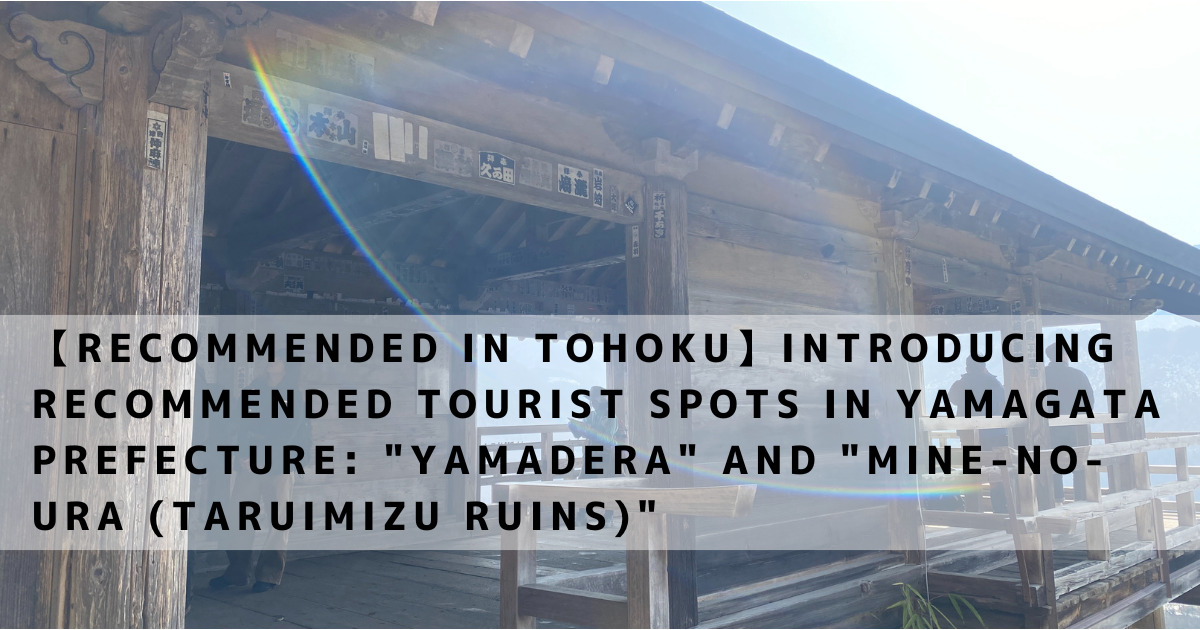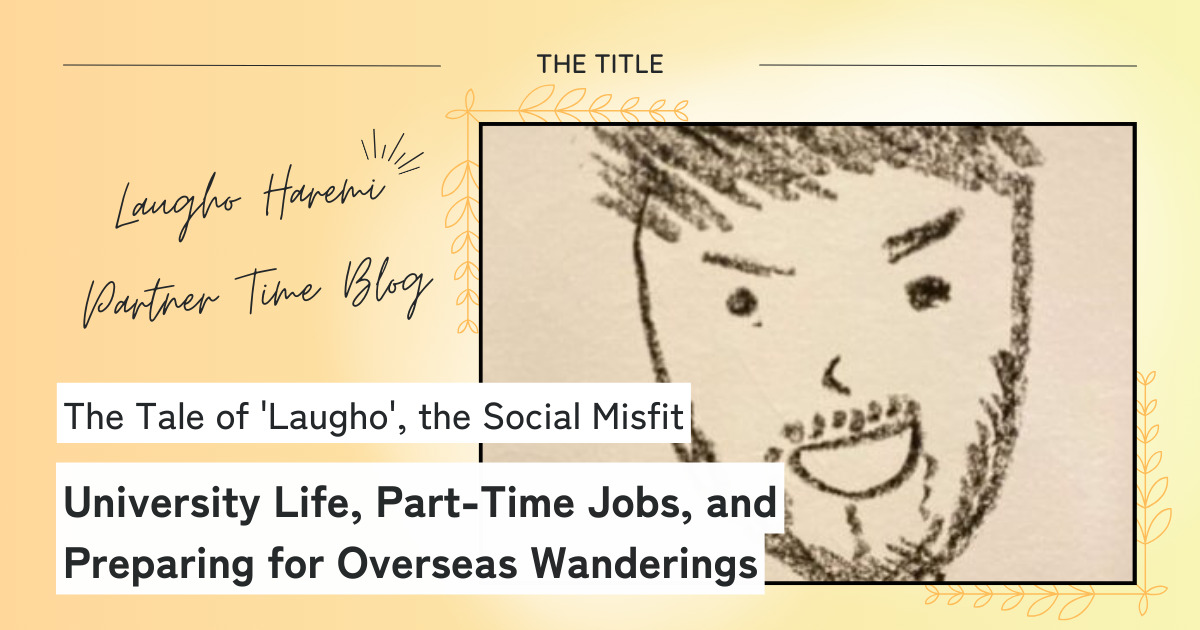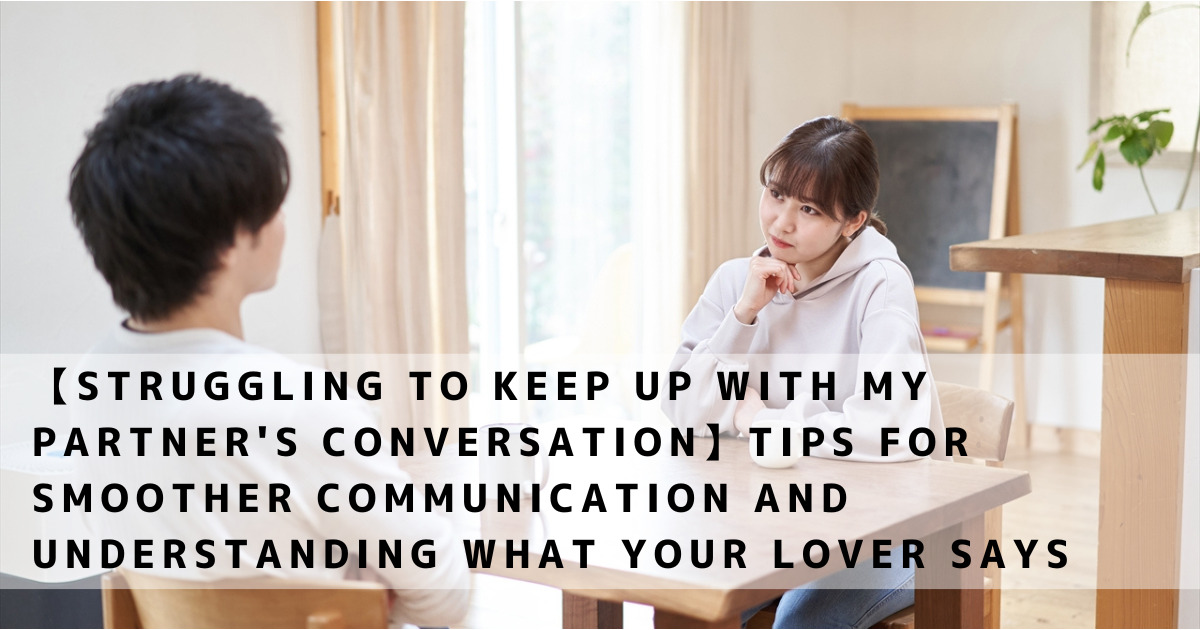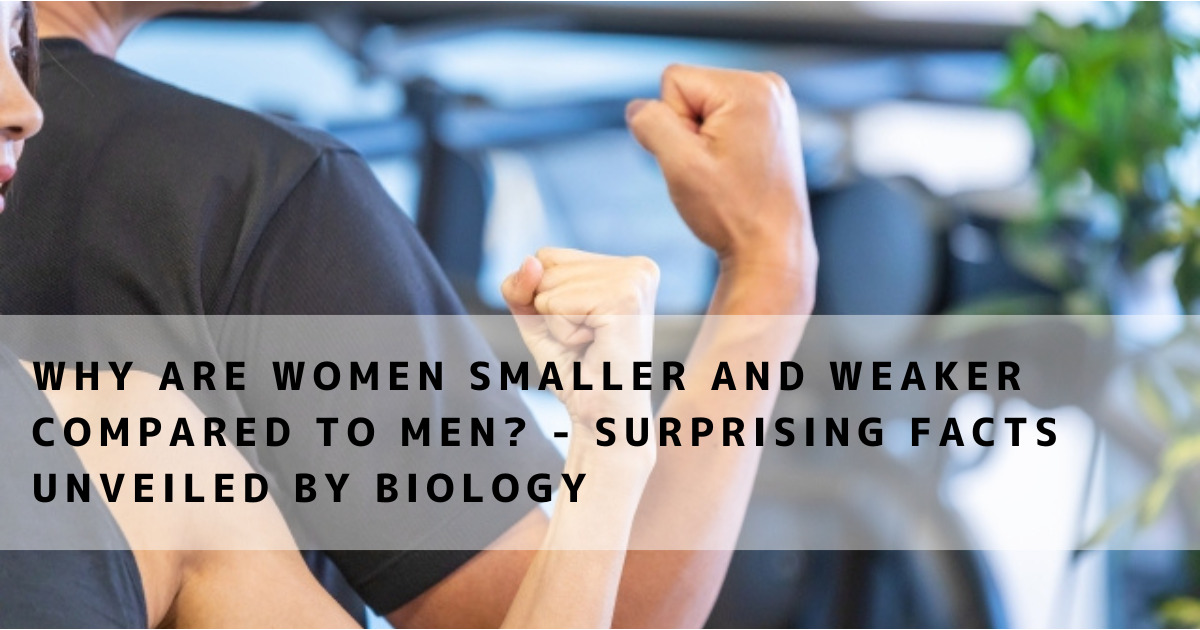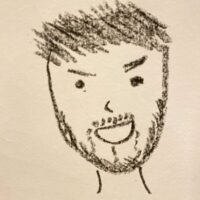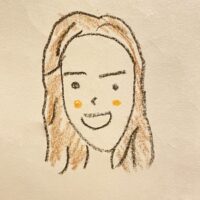 Laugho Haremi
Laugho HaremiHello there! It’s Laugho and Haremi!



This time, I’ll introduce you to the renowned tourist spot “Yamadera” located in Yamagata city, Yamagata prefecture.



The buildings designated as Important Cultural Properties of Japan and the observatory, from which you can get a panoramic view of the surrounding Yamadera area, are highly recommended!!



The “Mine-no-ura (Taruimizu Ruins),” also known as “Urayamadera,” is a mystical and off-the-beaten-path spot.



The Yamagata soba and Imo-ni (potato stew) we ate on the way back were also delicious!
What is “Yamadera” (Hojusan Risshaku-ji)?
Yamadera, officially known as “Hojusan Risshaku-ji,” was established in the 2nd year of the Jogan era (860 AD).
The “Nemoto Main Hall,” which is located right after entering the trailhead, is designated as an Important Cultural Property of Japan.
Although it takes about 1,000 steps to reach the “Godaido” observatory, the steps are low and the path is well-maintained, making it accessible even for families with children or older adults.
Along the way, you can see various buildings, stone statues, and features like the Amida Nyorai (Amitābha Buddha) carved into the cliffside.
There’s a tea house along the way, so you can stop by and take a break while enjoying Yamagata’s specialty, “Tama Konnyaku.”
Recommended Spots
I’m going to introduce some must-see recommended spots when you visit Yamadera.
The “Godaido” observatory, where you can enjoy the best views.
The “Godaido” is accessible after climbing 1,000 steps up the mountain path, from where you can enjoy a panoramic view of the Yamadera area.
This is the top tourist spot in Yamadera where you can admire the view of the town and mountains from atop a cliff.
The view changes with the seasons. You can see cherry blossoms in spring, autumn leaves in fall, and a snowy landscape in winter.
When we visited, there was a little bit of snow remaining on the mountain, and new buds were beginning to sprout from the trees. It was the time of transition from winter to spring, and this too, was wonderful.




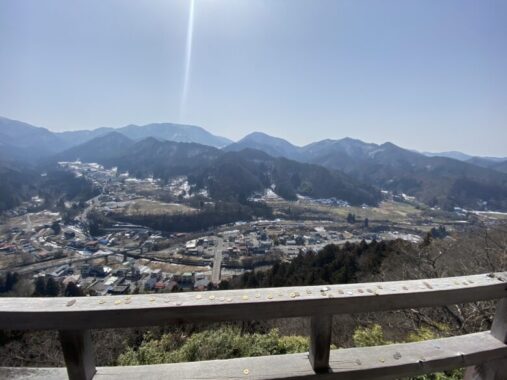



“Semi-zuka,” where Matsuo Basho’s tanzaku (a type of narrow, vertical Japanese bookmark) is buried.
「閑さや 岩にしみ入る 蝉の声」(The stillness seeping into the rocks; the voice of the cicada.)
This is a haiku composed by Matsuo Basho when he visited Yamadera on July 13, 1689 (Year 2 of the Genroku era).
It is said that this place is called “Semi-zuka” because the tanzaku on which this haiku was written was buried there, and a stone mound was built over it.
The view of the stone mound in the foreground combined with the cliff in the background creates a great atmosphere.
As I looked at it, I wondered if the phrase “seeping into the rocks” in the haiku was referring to the cliff behind.


The “Nemoto Main Hall,” which is designated as an Important Cultural Property of Japan.
The “Nemoto Main Hall,” which was built in the 2nd year of the Jogan era (860 AD) and was rebuilt in the first year of the Embun era (1356 AD) by the first lord of Yamagata Castle, Kaneyori Shiba.
About 60% of the building is constructed using beech wood, making it the oldest building in Japan that utilizes beech wood. It is designated as an Important Cultural Property of Japan.
At the offering box, there is a statue of “Shofuku Hotei,” a deity of longevity, good health, good fortune, good relationships, fertility, marital harmony, and wealth. It is believed that you will receive blessings if you stroke it and pray.
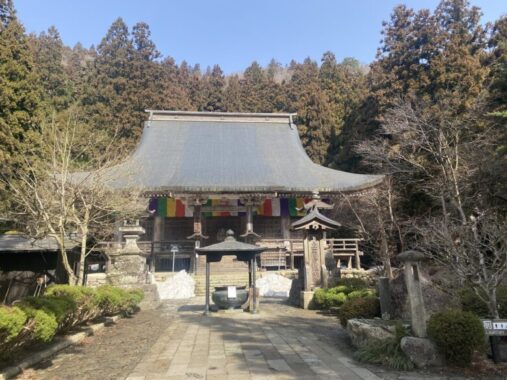

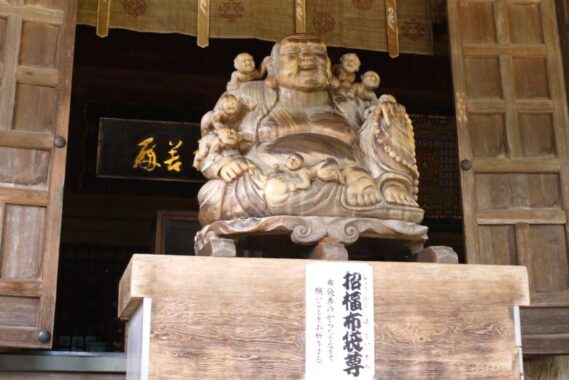

“Rest Spot – Ichou Tea House” – a place to take a break if you’re tired from walking.
On the way back after enjoying the view at Godaido, your feet might be a bit tired.
The Ichou Tea House is conveniently located, as if inviting you to say, “Why don’t you take a break at ‘Rest Spot – Ichou Tea House’?”
They have chairs similar to the ones you might see in samurai dramas where warriors enjoy dango (Japanese dumplings) at the storefront.
At this tea house, they sell Yamagata’s specialty “Tama Konnyaku” right at the storefront. Enjoying Tama Konnyaku while taking a break is absolutely fantastic!




The “Mine-no-ura (Taruimizu Ruins),” also known as “Urayamadera,” is incredibly intriguing!
There’s another place I’d like you to visit when you come to Yamadera.
That would be “Mine-no-ura (Taruimizu Ruins),” also known as “Urayamadera.”
If you proceed about 10 minutes further from the trailhead of Yamadera, you’ll see the torii gate of “Senjuin Kannon.”
The map next to it says it takes about 1 hour and 30 minutes, but if you’re just going to Mine-no-ura and coming back, it won’t even take 30 minutes. So, if you still have a bit of energy left after visiting Yamadera, I think you can make it.
The first “intriguing” aspect starts from the torii gate at the entrance.


Reason 1: The way to raise your luck is intriguing!
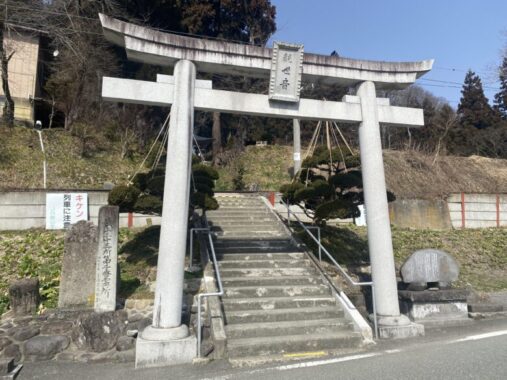

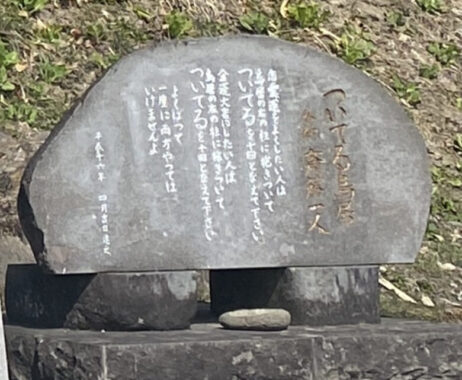

There was a carved inscription on the right side of the torii gate.
Upon reading it, it said,
“If you want to improve your love luck, hug the right pillar of the torii gate, and if you want to improve your financial luck, hug the left pillar. Say ‘I’m lucky’ ten times.”



Well, that’s… unusual!
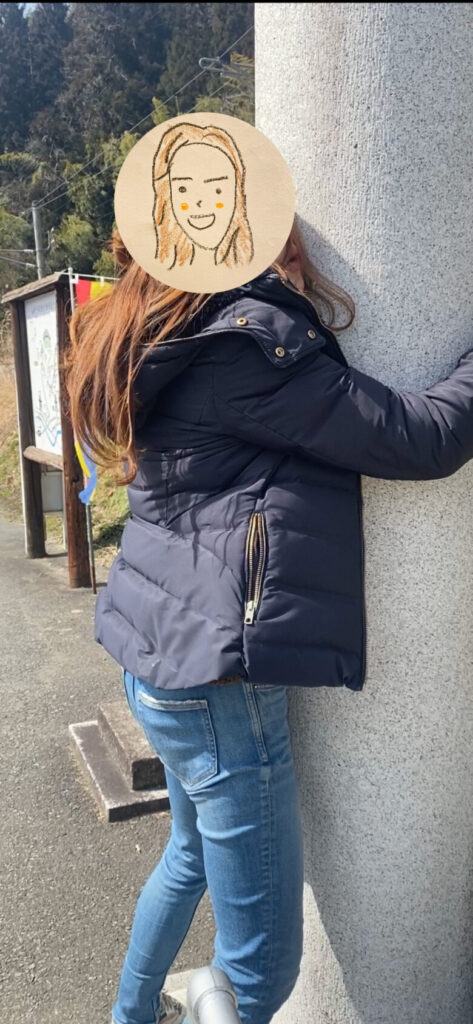




I’m lucky. I’m lucky. I’m lucky. I’m lucky. I’m lucky. I’m lucky. I’m lucky. I’m lucky. I’m lucky. I’m lucky!!
That’s quite something, isn’t it? Haha.
Reason 2: It’s intriguing that there’s no railroad crossing!?
After saying “I’m lucky,” you pass through the torii gate, enter inside, and go up the stairs.
Then,




A railway track appears.
You cross the Senzan Line railway tracks, which you took from Sendai to Yamadera, and enter into the shrine.
Moreover, there’s no railway crossing, so please make sure to look out for trains before crossing.
That’s quite a surprise, isn’t it?
Reason 3: The “Mine-no-ura (Taruimizu Ruins)” are mystically intriguing!
You enter a mountain trail from the side of Senju-in Kannon and proceed on a somewhat rough path.


After about a 15-minute walk, you arrive at Mine-no-ura (Taruimizu Ruins).
A scene with a mystical atmosphere awaits.








There are many holes in the mountainside, similar to a beehive, with a torii gate standing among them.
There’s an indescribable mystical atmosphere that can be felt here.
These holes are natural works of art formed by sodium sulfate and sodium chloride in the rocks dissolving in water.
It’s said that there were people who used this place for their spiritual training.
The last “intriguing” spot was truly extraordinary.
When you come for sightseeing at Yamadera, be sure to visit “Mine-no-ura (Taruimizu Ruins)” as well.
Here’s a detailed map ↓
Essentials for Visiting Yamadera and Mine-no-Ura (Taruimizu Ruins)
The terrain at Mine-no-Ura can be a bit rough, but if you have comfortable walking shoes such as sneakers, you should be fine.
Since you’ll be climbing to the top of the mountain, it’s best to dress appropriately for the season.
Even if it’s light, having an extra layer of clothing would be advisable.
Additionally, it’s a good idea to bring along drinks and a towel.
It can turn out to be quite a workout.
There are plenty of places where you can try Yamagata soba!
Around Yamadera, there are many restaurants where you can enjoy Yamagata’s specialties like ‘Yamagata Soba’ and ‘Yamagata Imo-ni’.
Choosing which one to visit can be quite a dilemma.
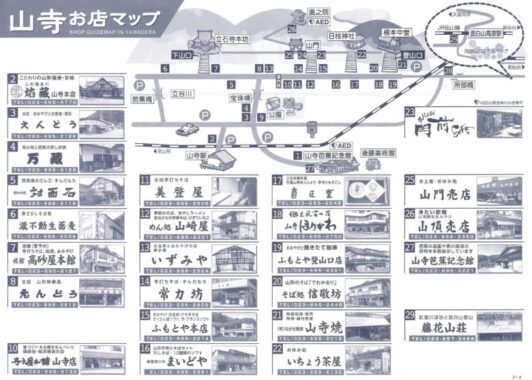

We decided to go to ‘Homura-zo’, a popular spot for Yamagata Soba.










The Juwari Soba had a lovely aroma and a firm texture that made it delicious.
The Yamagata Imo-ni, a soy sauce-based dish, had a gentle flavor with a hint of sweetness, which was quite delightful.
imformation
| Address | 4456-1 Yamadera, Yamagata City, Yamagata Prefecture |
| Phone Number | 023-695-2843 (Risshakuji Temple Gate Office) |
| Access | 5 minutes walk from Yamadera Station on the JR Senzan Line. |
| Business Hours | 8:00 AM – 5:00 PM (Gates close) During winter (December through end of March) hours change Entry reception 8:30 AM – 3:00 PM 4:00 PM (Gates close) Please check the official website for further details. |
| Closed on | None (Open all year round) |
| Admission Fee | Adults: 300 yen Junior High Students: 200 yen Children (over 4 years old): 100 yen |
| Official Website | https://rissyakuji.jp |
For detailed map, click here ↓
Access
● From Miyagi Prefecture
【Public Transportation】
・Departing from Sendai Station
JR Senzan Line: ‘Sendai Station to Yamadera Station’
Approximately 50 minutes, 860 yen
・Departing from Sendai Airport Station
Sendai Airport Access Line: ‘Sendai Airport Station to Sendai Station’ → transfer to → JR Senzan Line: ‘Sendai Station to Yamadera Station’ Approximately
90 minutes, 1410 yen
【By Car】
・Departing from Sendai Station
Route: Sendai Station to Tohoku Expressway ‘Sendai Miyagi IC’ to ‘Murata JCT’ exit off the highway onto Route 286 Approximately 70 minutes, Regular toll 720 yen, ETC toll 500 yen
・Departing from Sendai Airport
Route: Sendai Airport to Sendai East Road ‘Natori IC’ to Tohoku Expressway ‘Murata JCT’ exit off the highway onto Route 286
Approximately 70 minutes, Regular toll 1150 yen, ETC toll 810 yen
●From Yamagata Prefectur
【Public Transportation】
・Departing from Yamagata Station
JR Senzan Line: ‘Yamagata Station to Yamadera Station’
Approximately 20 minutes, 240 yen
・Departing from Yamagata Airport
Limousine Bus Yamagata Airport Line: ‘Yamagata Airport to Yamagata Station Front’ → Transfer to → JR Senzan Line: ‘Yamagata Station to Yamadera Station’
Approximately 60 minutes, 1540 yen
【By Car】
・Departing from Yamagata Station
Route: Via Prefectural Road 19 and Prefectural Road 276
Approximately 30 minutes
・Departing from Yamagata Airport
Route: Via Prefectural Road 184 and National Route 13
Approximately 25 minutes
●Shortest route from Tokyo Station
Tohoku Shinkansen: ‘Tokyo Station to Sendai Station’ → Transfer to → JR Senzan Line: ‘Sendai Station to Yamadera Station’
Approximately 160 minutes, 12,290 yen
As of March 2023
Official Website
Yamadera Tourism Association Official Website
Hojuzan Risshakuji Temple (Yamadera) Official Website



If you follow us on social media, you’ll get notified whenever we post a new article!
